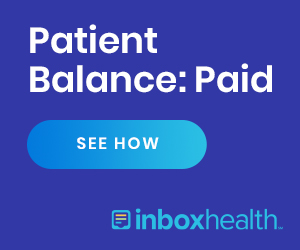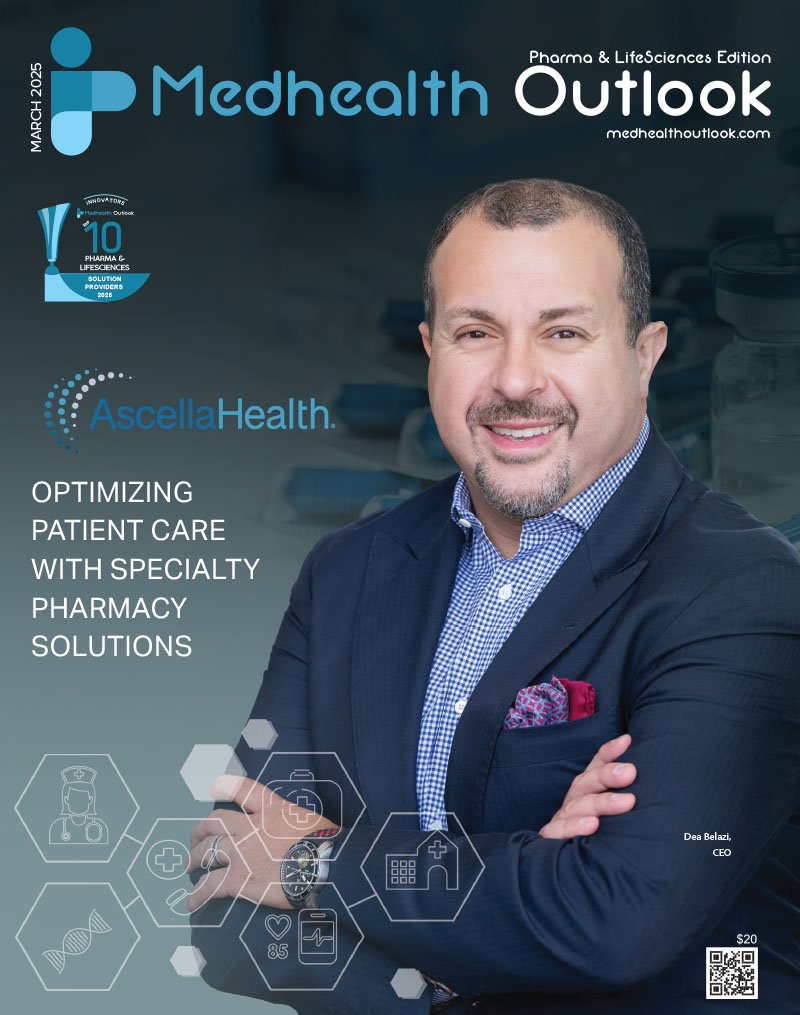It’s not just getting a patient’s diagnosis correct and prescribing an effective treatment plan. Patient outcomes combine the care provided to the patient, the overall health of the patient as a “big picture,” and how the patient perceives their care provided by healthcare professionals.
As competition between healthcare providers for patients increases, patients may select their healthcare provider based not only on clinical outcomes but also on whether their healthcare provider delivers compassionate patient-centered care.
Because of this, it is essential to monitor and report performance findings that impact population health. Developing a quality measures dashboard based on your organization’s performance will identify areas of needed improvement and aid in the implementation of needed action-oriented changes.
Quality Measures
High-quality health care is a priority not only demanded by federal, state, and commercial health insurance plans, but also by the US Department of Health and Human Services. Health insurance determines care initiatives and measures to assure quality health care for its members through accountability and public disclosures. The performance data is collected data in -monthly terms and the weights of their measures are submitted to the following Merit-based Incentive Payment Systems (MIPS):
- Electronic Clinical Quality Measures (eCQMs)
- Qualified Clinical Data Registry (QCDR) Measures
- Medicare Part B Claims Measures
- CMS Web Interface Measures
- CAHPS for MIPS Survey
Healthcare providers to select applicable measures, for pre and post care and begin collecting data for reporting to your organization’s selected MIPS Program. High-quality care is equitable care that leads to improved quality patient outcomes.
HEDIS Management: As you identify the Quality Measures, it is imperative to collaborate with payers or health insurance carriers for HEDIS Management. The Health Effectiveness Data and Information Set (HEDIS) Tool was developed so that health insurances can gauge how their patients or members are being cared for. The premise behind HEDIS is simple. It rewards healthcare providers for preventive care—a huge contribution to the overall “big picture” for patient health. The concept is that by increasing preventive care, the excessive number of in-office visits and hospital readmissions for one patient decreases as that patient begins to experience better health outcomes. It is crucial for healthcare providers to identify and close gaps in care, based on patient demographic and diagnosis, and to improve overall health outcomes. By closing care gaps, healthcare providers are incentivized by health insurances. Healthcare Providers’ focus should be dedicated to patient care and proper documentation, all while still reducing reoccurring habitual open care gaps. To reduce the number of open care gaps, coding teams should code to the HCC(Hierarchal Condition Category) and always use the CPT II codes where possible which will reduce the number of Medical Record Audit requests. Additionally, you want to assure that claims are coded to the highest specificity per HCC (Hierarchal Condition Category) based on patient diagnosis.
A Positive Patient Experience
Promoting interoperability combines quality data with timely and secure access to care. Through patient engagement, positive outcomes are optimized. How do patients perceive their care from their trusted healthcare providers? Should solely rank “satisfaction?” In truly achieving patient-centered care, gauging the patient’s overall experience will allow healthcare providers to further educate their patients on care, treatment, or services; focus on addressing dissatisfaction, and highlight positive patient outcomes.
Create a Patient-Centric Environment. There is no “I” in “team.” Patient experience is not measured solely by the patient’s experience with the physician, but by the overall experience with all staff in any healthcare setting. Healthcare providers and their teams are encouraged to seek exemplary patient outcomes by utilizing the AIDET method. (Acknowledge, Introduce, Duration, Explanation, Thank You!)
For ensured success, follow the CMS-approved CAHPS (Consumer Assessment of Healthcare Providers & Systems) Surveys. Implementing the leading healthcare insurance’s approved survey and achieving positive patient outcomes allows healthcare providers to increase revenue.
A positive patient experience that includes the promotion of patient safety and can best be conceptualized as a complex series of interventions rooted in principles of leadership, teamwork, and behavior change. Strategies to promote a culture of patient safety may include a single intervention or several interventions combined into a multi-faceted approach or series. Several studies show that safety culture and the related concept of safety climate are related to such clinician behaviors as error reporting, reduction in adverse events, and reduced immortality.
Patient education and self-advocacy have come leaps and bounds in recent years. Patients are more involved in deciding treatment plans, which healthcare providers to see, and which specialists to go to. Subsequently, health insurances are also asking for more information from healthcare providers, such as evidence that support diagnosis, or bluntly – reasons to reimburse. Taking health insurance requirements found in Human Resources, Administration, and Risk Management, and tying it back into Patient Outcomes (HARP), provides a roadmap to continued success for years, decades, or even centuries to come. Setting the standard of consistently proven positive patient outcomes allows healthcare providers to travel the road even more smoothly.


















